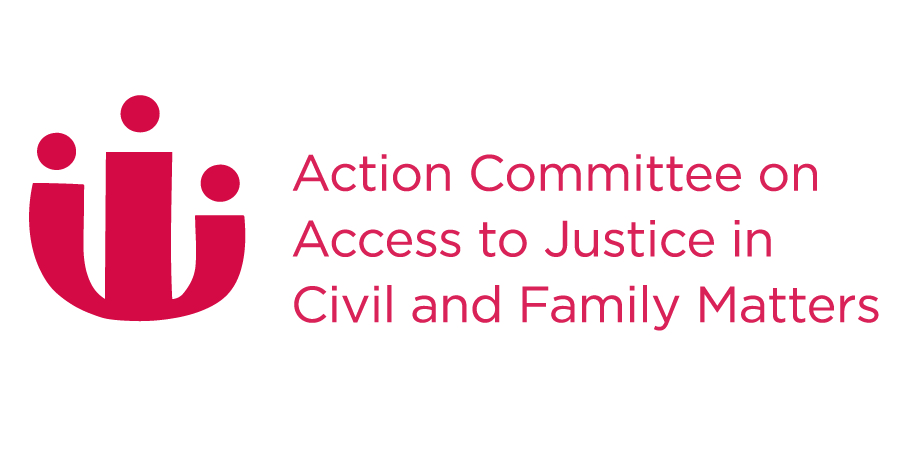Inventory of Reforms
Saskatchewan Queen’s Bench Mandatory Mediation
Year:
1995
Description:
Mandatory mediation in non-family civil actions which takes place after the filing of pleadings and prior to any other steps in the litigation.
Status:
Permanent implementation
Jurisdiction:
Saskatchewan
Court:
Court of Queen’s Bench – Civil
Body Responsible:
Saskatchewan Ministry of Justice and Attorney General’s Dispute Resolution Office
Timeline:
1995: Pilot project implemented in two centres
2003: Formal evaluation
2005: Reform instituted in major judicial centres
Publications:
The Queen’s Bench Act,1998, S.S. 1998, c. Q-1.01, s. 42.
Annual Report 2010-2011 Ministry of Justice and Attorney General
Development:
A 1994 amendment to Saskatchewan’s The Queen’s Bench Act introduced an initial mediation session in two centres on a pilot basis, at the close of pleadings in every non-family, civil litigation action. The pilot moved to program status in September 1997 with expansion to the one of busiest judicial centres in the province. The program continues to expand and currently captures approximately 80% of all non-family civil litigation actions commenced in the province.
Purpose:
Recommendation 1 of the CBA Systems of Civil Justice Task Force was that every jurisdiction “make available as part of the civil justice system, opportunities for litigants to use non-binding dispute resolution processes as early as possible in the litigation process and, at a minimum, at or shortly after the close of pleadings, and again following completion of examinations for discovery.”
Description of Reforms:
Section 54.2 relates to civil mediation. After the close of pleadings in a contested action or matter that is not a family law proceeding, the local Registrar arranges for a mediation session, and the parties attend the mediation session before taking any further step in the action or matter. These sessions must occur after the close of pleadings and before any other step in the proceedings. Experienced mediators are utilized. Since the initiation of the program, there has been a gradual increase over the years in the per cent cases resolved through civil mediation. In 2007-2008, 53% of civil cases were resolved following mandatory civil mediation (Annual Report at 26).
Criteria and Methods of Evaluation:
An extensive study of the Mandatory Mediation Program using qualitative and quantitative measures was undertaken in 2003, Learning from Experience. The goals of the study were:
- To evaluate how far the mediation program in the Queens’ Bench meets the needs of the people of Saskatchewan (focusing on discussions with client users);
- To assess the impact of the mandatory mediation program on civil litigation practice in Saskatchewan (focusing on discussions with members of the Bar);
- To determine the efficiency of the Queen’s Bench program (from available program statistics).
Results:
The evaluation data, both qualitative and quantitative, which has been collected and analyzed for this study illuminates the operation of the Saskatchewan Queen’s Bench mediation program and gives voice to the experiences of program users. It provides a detailed picture of the relationship between lawyers, their clients, the mediators and the structure and design of the present program.
The Saskatchewan Queen’s Bench mediation program is perceived by almost all the individuals we consulted as appropriate, and its objectives – the faster and more satisfactory reaching of settlement in some civil matters – fully achievable. It became rapidly apparent that the question that respondents were most interested in discussing with us was not whether the program should be maintained, but how it might be improved in order to better achieve those objectives.
The consensus that emerges is that the program is reaching its goals in many individual cases, but not in others. While there is widespread support for both its universal nature and the present timing of mediation, many respondents called for greater flexibility in relation to both aspects of program design. In addition, there is an interest in rethinking the role of the mediator to clarify and perhaps sharpen this point of intervention with greater proactivity, and perhaps some type of enlarged role before and after mediation in certain cases.
There are also a few clear problems with the design of the present program. One is that some cases proceed to mediation with insufficient preparation, perhaps with little or no exchange of materials in advance of mediation, and just occasionally, an absence of “good faith” to negotiate. Another issue (perhaps related to this) is the somewhat uninformed approach of a small number of members of the Bar in regard to the role they might most effectively adopt in the mediation process. Each of these problems is resulting in some disappointment among clients, and some frustration among some members of the Bar (Learning from Experience at 6).
Following the evaluation in 2003 there was a further round of discussions with the legal community and legislative amendments responding to the recommendations in the report occurred in 2004. The amendments to The Queen’s Bench Act provided flexibility for the Director to postpone the mediation session until after the parties have exchanged documents. This provided greater flexibility in the timing of the mediation session. In situations where documents are crucial to a party’s case or a more productive mediation will occur after exchange of documents the Director may grant a postpone to allow for this exchange to occur.
Other amendments clarified the authority of the Director of the Dispute Resolution Office to grant exemptions and postponements and granted the court the ability to award costs against a party that does not comply with the mediation requirement.
Revision History:
This summary was last reviewed in Aug 08, 2012



